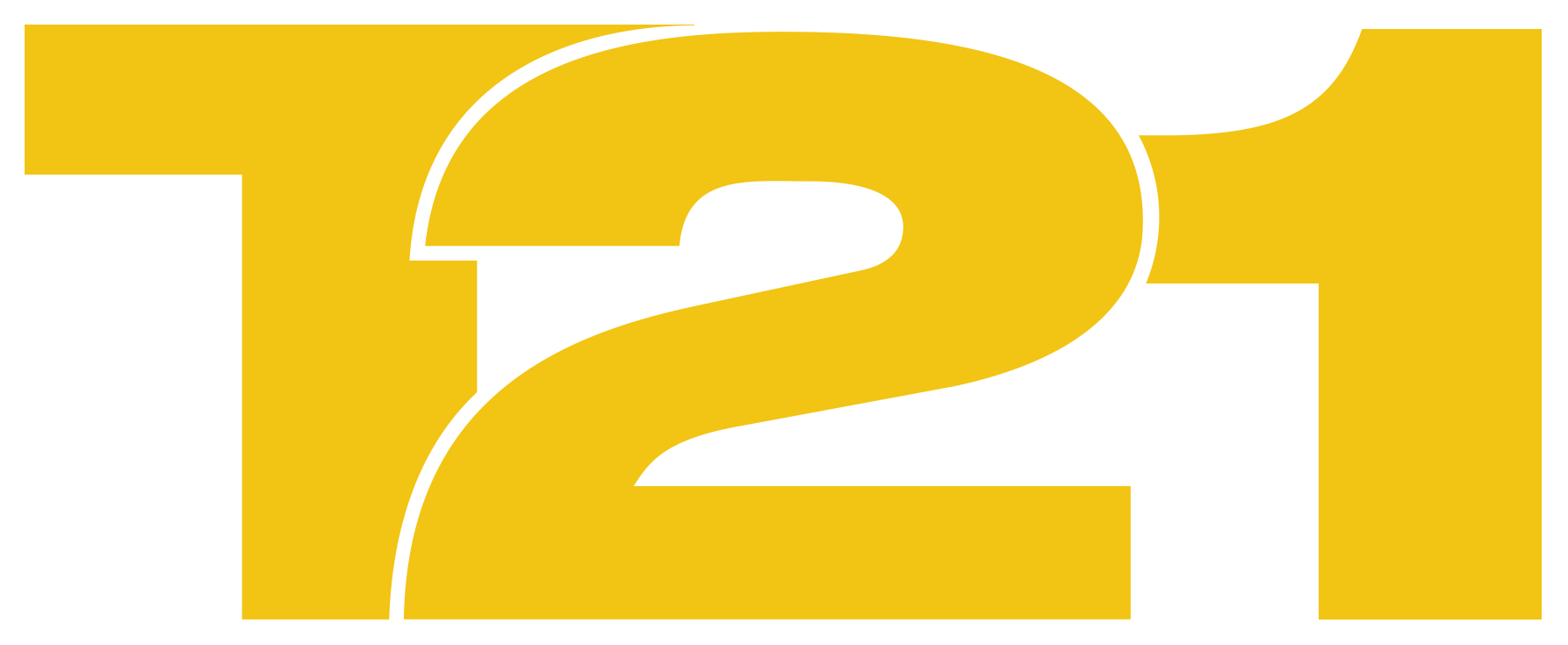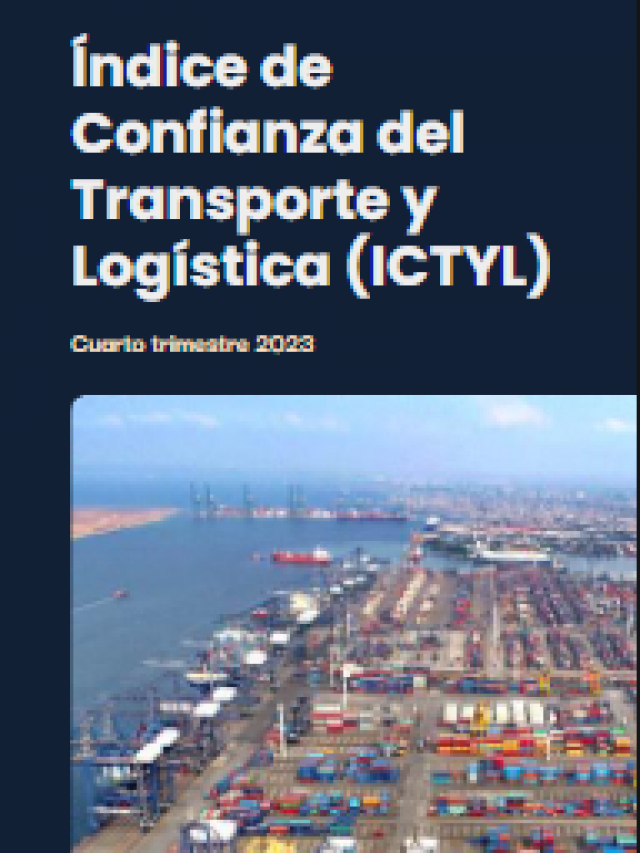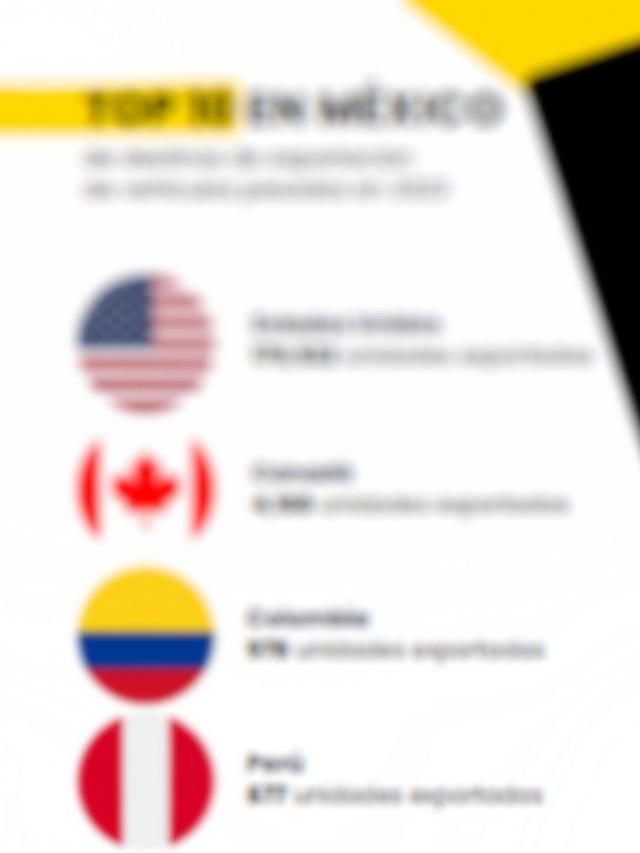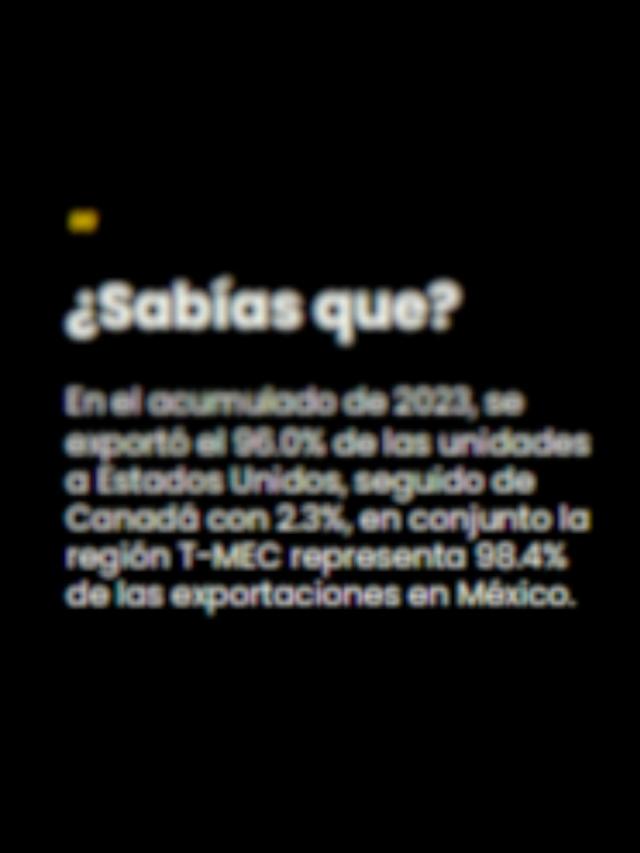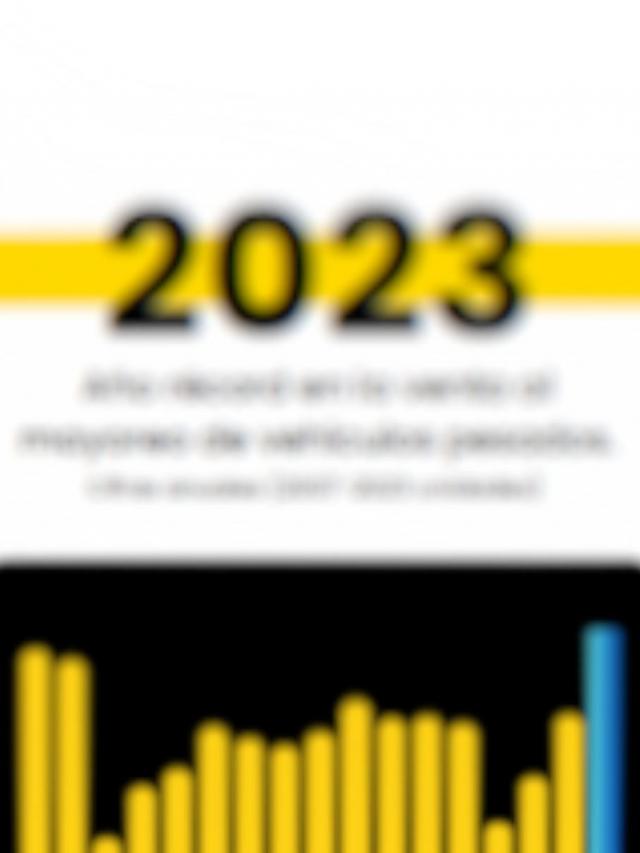
Cargo transportation in Mexico is facing the most severe moment in the theft of goods and vehicles. Given this situation, the Ministry of Infrastructure, Communications and Transportation (SICT) has identified that marking vehicles would allow users to be protected on roads and bridges under federal jurisdiction.
According to data from various organizations, in 2024 there would have been nearly 16 thousand incidents against motor transport , which meant an increase of more than 9% compared to what happened in 2023.
For this reason, the General Directorate of Federal Motor Transport (DGAF) proposed the “marking” of federal motor transport units in their different modes, where the permit holders who circulate on highways and bridges under federal jurisdiction must attend to it.
On January 8, the National Commission for Regulatory Improvement (Conamer) presented the preliminary draft in which the marking of the auto transport units for the different auto transport configurations is proposed, such as the single-unit truck (to refer to trucks and vans), articulated tractor truck (sic) – TS, bus and sedan car.

In the case of the TS configuration, it is exemplified with a dry box, however, for other configurations they are considered in the “general specifications” category, where applications such as containers or trailers that do not have a canopy such as hoppers, platforms, nurses, cages, vehicles under a leasing scheme and/or vehicles for temporary internment from the United States to Mexico are contemplated.
For the above considerations, the draft of the DGAF in Conamer states: “a banner with the identification number (sic) must be placed.”

Through his LinkedIn account, Román Mendoza, a transporter from the Puebla area, expressed various concerns about the complexity of some vehicle configurations such as containers or godrinas, “will they be subject to sanctions?”, which is not specified in the information shared by the DGAF.
At the same time, the carrier expressed whether this beaconing strategy will be accompanied by infrastructure from the competent authority, such as the National Guard , to react to a situation and that can be supported by the identification of the units.
Meanwhile, Román Mendoza expressed his concern about covering stolen vehicles with a tarp, thereby preventing the identification of the marked vehicle, “we would be falling into the ineffectiveness of said obligation, generating an expense for the permit holders.”
